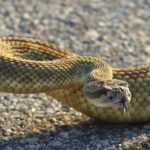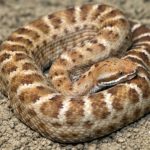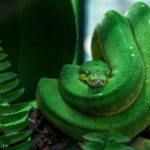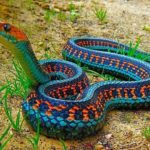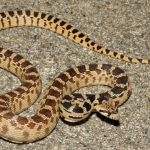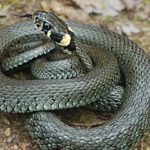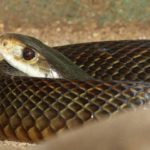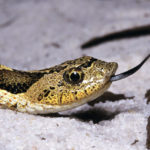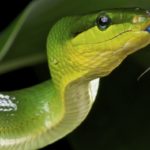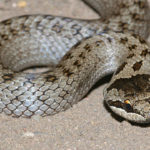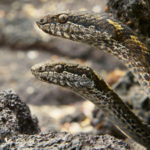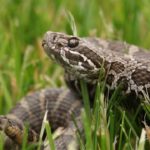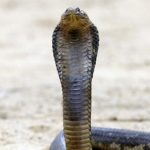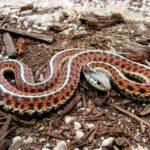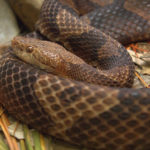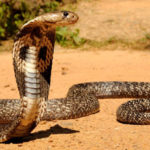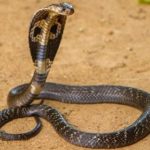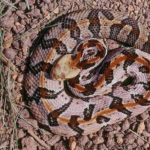Rattlesnakes – information
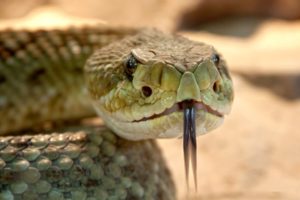 Rattlesnake rattles consist of six to 10 layers. These rattles are formed when the snake is molted, each molt adds one segment. The African well-known lover of eggs is a highly specialized snake. Although it is not poisonous, but its color is very similar to the coloring of a poisonous viper, so the predator will think twice before attacking.
Rattlesnake rattles consist of six to 10 layers. These rattles are formed when the snake is molted, each molt adds one segment. The African well-known lover of eggs is a highly specialized snake. Although it is not poisonous, but its color is very similar to the coloring of a poisonous viper, so the predator will think twice before attacking.
The main food of the African horror is the eggs of birds. With a head size of only 1 centimeter, this snake is able to swallow eggs 5-6 times larger than its head. All this is due to the structure of the lower jaw. It is not monolithic, but consists of 2 bones that can disperse to swallow large food. When the egg is swallowed, 2 specialized vertebrae are pierced, which pierce the shell. Once the contents are squeezed out, the snake regurgitates the crumpled inedible shell back.
Dins and spitting cobra can simulate death. In the face of the threat, when defensive tactics do not help, the snake begins to turn out and falls to the back, opening its mouth wide and giving off unpleasant smells. All this beautiful set of actions makes the snake unattractive as a dinner. Often carnivores scorn carrion and leave.
Most land snakes, such as vipers, boas and pythons have a temperature sensor on the head. This organ looks like a fovea. These heat pits are sensitive to changes in temperature by only 0.002 degrees Celsius, which effectively helps snakes to orient themselves and hunt in the dark.
Rattlesnakes can have more than 300 pairs of ribs. The internal organs of snakes are located one by one in the body of the snake. An interesting fact is that snakes have a large left lung, and in some species there is no right lung at all. The heart of the snake can slide along the body of the snake from its original position. This function was given by nature in order to facilitate passage of food through the digestive tract of the snake.
Poisonous glands developed independently from each other in different species. Snake poisons are very complex substances that can consist of a dozen or more toxic components. It can be substances poisonous to the heart, nerves and DNA, as well as enzymes that break down tissues and natural barriers, promoting the spread of poison in the body.
Rattlesnakes have two rows of teeth on the upper jaw, one row on the lower jaw. All teeth including fangs, as a rule, are replaced in the process of life by new ones.
Spitting cobra can hit the target not only with a bite, but with a spit of poison at a distance of up to 3 meters. Raising the front of the body, the snake is aimed at the victim in the eyes trying to get on the mucous membranes.
